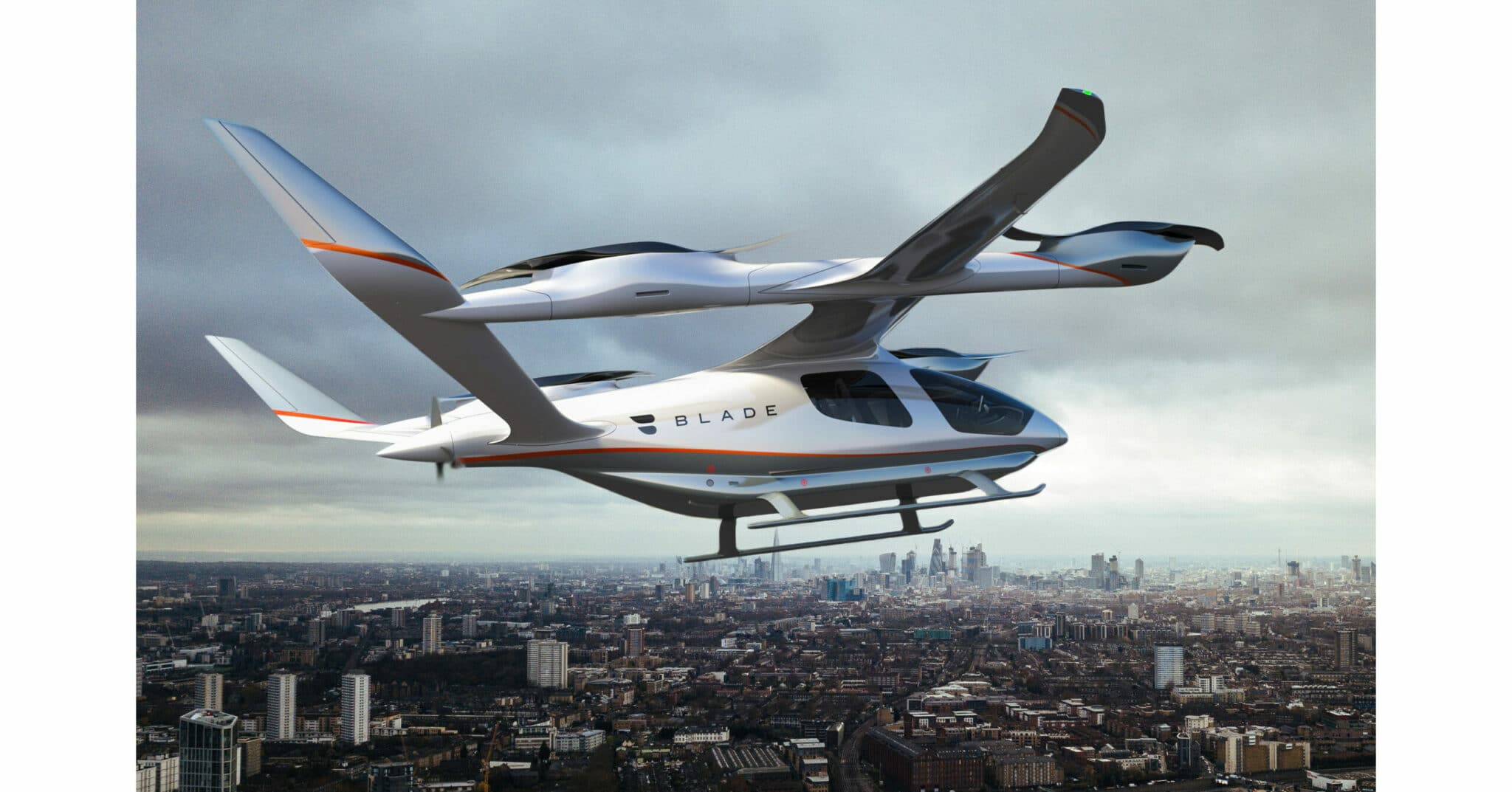
We all know that electric vehicles are the future of transportation, and many companies, such as Blade are already investing in this technology. But what you may not know is that electric vertical aircraft are going to revolutionize air travel. These new aircraft will be much more efficient and environment-friendly than gas-powered planes. They could eventually make traditional airports obsolete.
So what are these aircraft, and what benefits could they bring? Let’s take a closer look!
What Are eVTOLs?
Electric vertical takeoff and landing aircraft (EVTOL) are an emerging class of air transportation. They may utilize tiled wings, ducted fans, or lift rotors to achieve both vertical liftoff and efficient forward flight. These vehicles will use electric energy to power high-speed propulsion systems. This enables them to travel at speeds comparable to conventional airplanes or helicopters.
BLADE urban mobility startup, founded by Rob Wiesenthal, has already secured 20 beta technology electric vertical aircraft to be delivered in 2024.
How Does Electric Vertical Takeoff And Landing Aircraft Work?
Electric VTOLs are powered by propellers that rotate around a central axis, tilted at different angles depending on whether they are operating vertically or horizontally. They are able to take off straight up by using multiple rotors, each with its own motor. To hover in place, all of the rotors must spin at the same speed, but this is not necessary during horizontal flight because the distribution of torque allows some rotors to move faster than others.
Benefits Of Using Evtols
- One benefit of using EVTOLs is that they produce minimal noise pollution because their engines run very quietly, making them suitable for urban environments. Compared to helicopters, which can be extremely noisy, families living near airports may appreciate EVTOL’s sound profile.
- Another advantage is these air vehicles use electric fuel, thus making them more environment-friendly than regular helicopters or planes. EVTOLs will also benefit airports by reducing their carbon footprint and cutting back on greenhouse-gas emissions.
- Thirdly, these are a more convenient mode of transportation, since you can avoid traffic and book a free spot on the vehicle through an app. For inter-city travel or while traveling from the countryside to the nearest town, EVAs provide a faster, cheaper, and more reliable alternative.
- Lastly, the cost of EVs would be significantly cheaper than helicopters or planes: in 2017, Uber calculated that including all costs (vehicle and operation) an EVTOL would cost $1.32 per passenger-mile; this number was projected to decrease in 2018.
These factors, combined with the speed of vertical takeoff, make EVs an attractive option for short-distance travel.
EVTOL: Challenges To Become A Common Air Transport Method
However, their popularity remains limited due to current technological constraints.
The challenge in using EVTOLs instead of planes or helicopters is the takeoff. For EVs to take off vertically, they need to have a very high power-to-weight ratio, which is accomplished through light materials with heavy energy storage capacity.
Electric power has yet to prove itself as a reliable source of propulsion for airplanes or helicopters. Since 1970, no electric aircraft other than unmanned drones have successfully completed long-distance flights. That was because of the limitations imposed by battery technology. Battery weight is still too heavy compared to fossil fuels, which provide greater energy density. Until this barrier can be overcome, it’s unlikely that VTOL air transport will play a significant role in mobility.
For example, modern Tesla cars require large batteries to provide enough power for an extended range. With electric flight, decreased flight time requires increased battery capacity, which in turn increases the weight of the aircraft. The problem becomes exponentially harder as planes become larger and eventually heavier than air.
Revolution In The Air Mobility Industry
Due to their efficiency and convenience, these vehicles could soon become a common form of air transportation. If they do, the travel industry will experience significant changes over the next few decades.
- Firstly, ground infrastructure such as parking lots or ticket offices would no longer be necessary at airports; only helipads would remain for emergency situations.
- Secondly, short-distance air travel will become accessible for many due to lower prices and increased convenience.
- The eVTOL aircraft is coming, and it’s going to revolutionize the way we move through the air. With its promise of low noise levels, reduced emissions, and decreased traffic congestion, this new form of transportation is set to change how we get from Point A to Point B.
In recent decades, advancements in vertical takeoff and landing (VTOL) technologies have brought us closer than ever to having aircraft that can take off like helicopters but also fly like planes.

